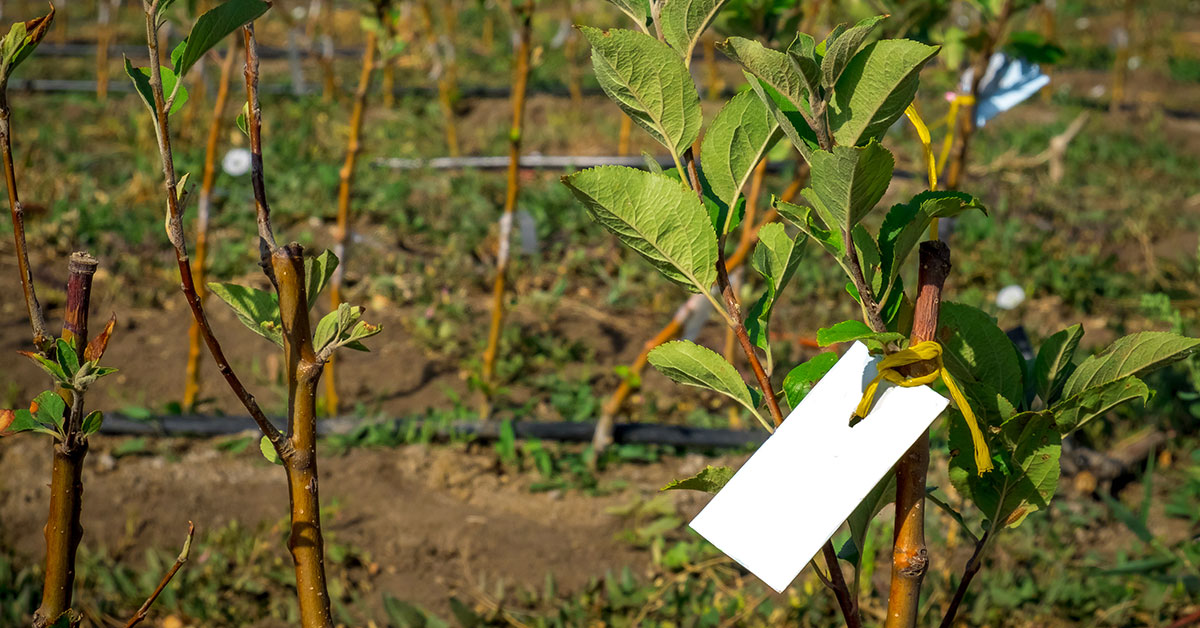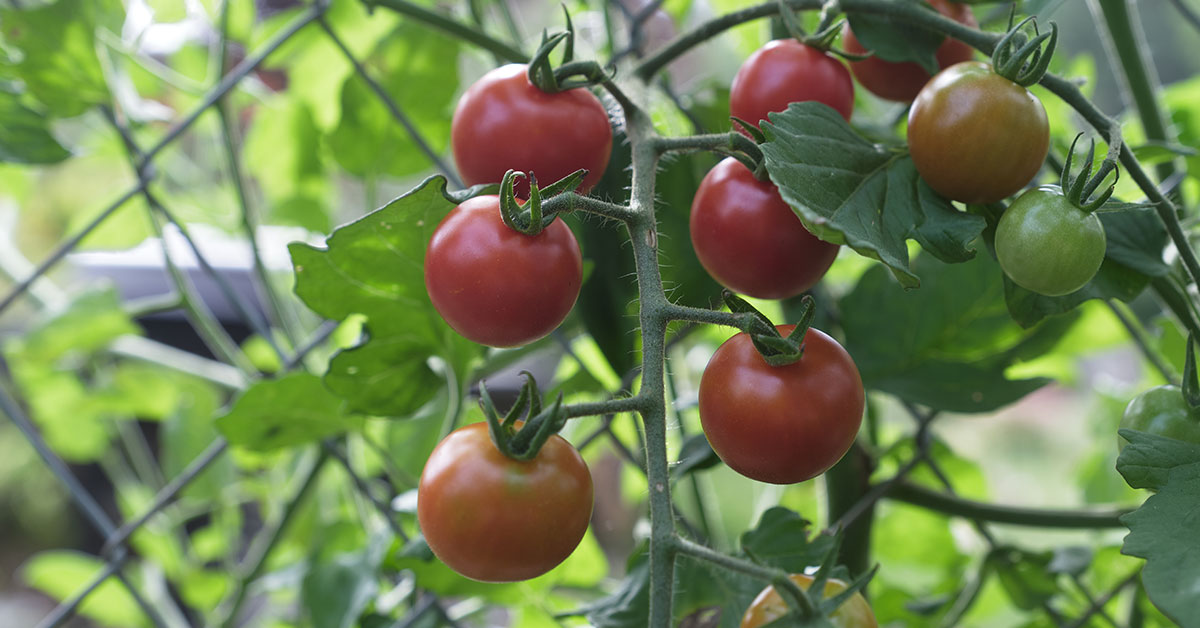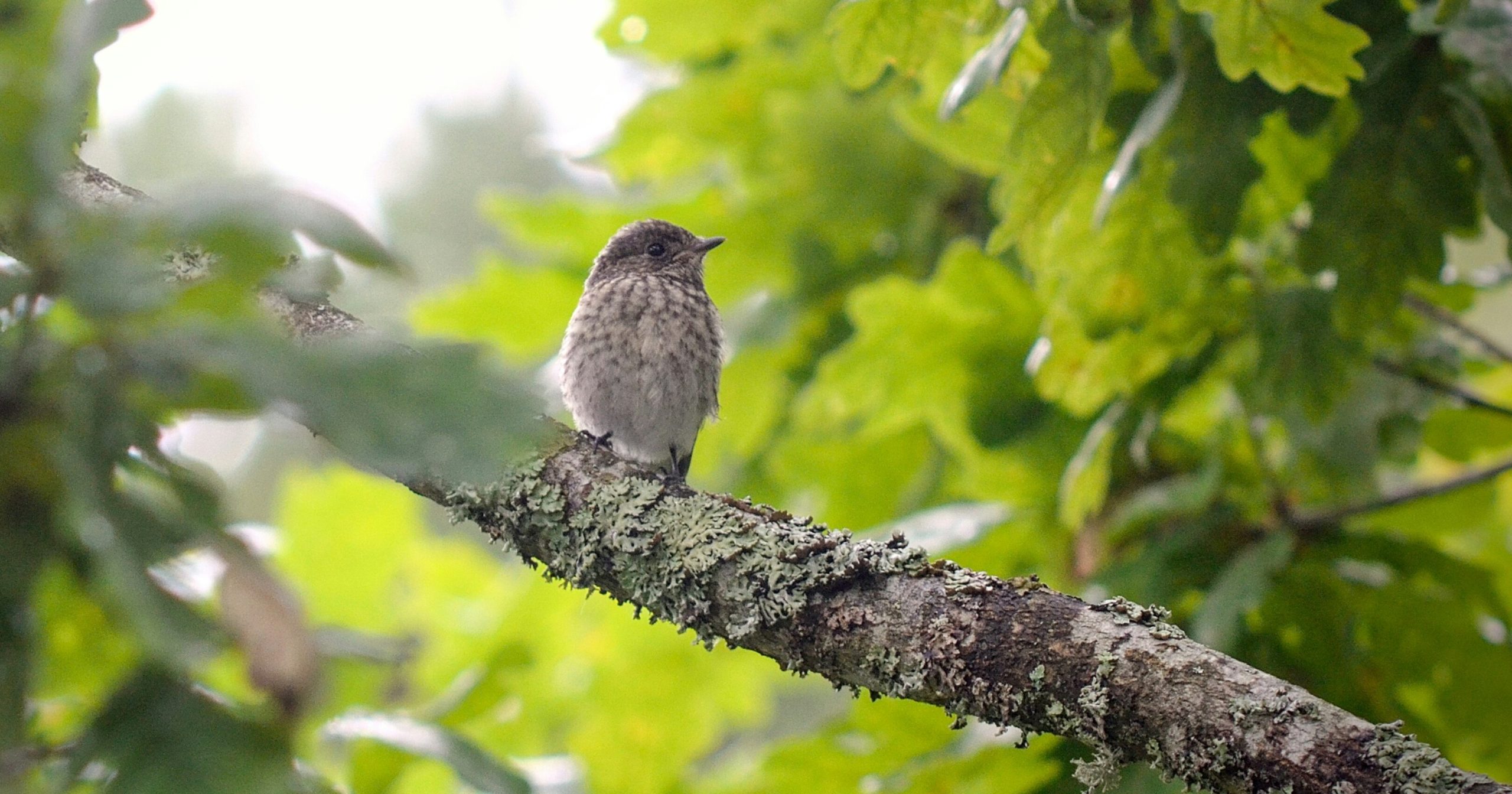Welcome to the world of growing Flemish Beauty Pears, where the delight of cultivating these luscious fruits is matched only by the satisfaction of enjoying their succulent flavor. With their distinctive bell-shaped appearance and sweet, juicy flesh, Flemish Beauty Pears are a favorite among gardeners and fruit enthusiasts alike. Whether you are an experienced gardener looking to expand your orchard or a beginner eager to embark on a fruitful journey, this article will guide you through the process of successfully growing and caring for Flemish Beauty Pear trees.
From selecting the right location to nurturing the tree through each season, we will provide you with the knowledge and tips you need to cultivate healthy, bountiful pear trees that will reward you with an abundance of delectable fruits for years to come. So, roll up your sleeves, grab your gardening tools, and let’s dive into the wonderful world of growing Flemish Beauty Pears!
What are Flemish Beauty Pears?
Flemish Beauty Pear is a popular variety of European pear (Pyrus communis) known for its large, attractive fruits and vigorous growth. It is believed to have originated in Belgium and has been cultivated for centuries. The tree is medium-sized, reaching a height of about 15-20 feet (4.5-6 meters) at maturity. It has an upright and spreading growth habit, forming a rounded crown. The fruits of Flemish Beauty are large, typically weighing between 8-12 ounces (225-340 grams).
They have a distinctive bell shape with a slightly elongated neck. When ripe, the skin is smooth and yellow with patches of russeting, which adds to its visual appeal. The flesh is juicy, sweet, and aromatic, with a buttery texture. It is excellent for fresh eating, canning, and baking. Flemish Beauty Pear trees are known for their high productivity and early bearing. They usually start producing fruit within 3-4 years of planting. The tree blooms in mid-spring, displaying clusters of white flowers that attract pollinators. It is partially self-fertile but benefits from cross-pollination with other pear varieties for optimal fruit set.
This variety is also appreciated for its disease resistance, particularly against fire blight, a common bacterial infection that affects pear trees. Flemish Beauty is relatively tolerant to this disease, making it a suitable choice for home gardeners and commercial orchards alike. When it comes to growing conditions, Flemish Beauty Pear thrives in full sun and well-drained soil.
It prefers a slightly acidic to neutral pH level. Regular watering and adequate spacing between trees are essential for optimal growth and fruit development. Pruning is necessary to maintain a strong framework and promote good airflow within the tree. Overall, Flemish Beauty Pear is a reliable and rewarding choice for pear enthusiasts, offering delicious fruits, disease resistance, and an attractive tree that adds beauty to any garden or orchard.
What do Flemish Beauty Pears taste like?
The Flemish Beauty pear is known for its deliciously sweet and juicy flavor. It has a rich, honey-like sweetness with subtle floral undertones. The flavor is often described as mellow and well-balanced, with a hint of tartness that adds complexity to its taste. When fully ripe, the flesh becomes buttery and smooth, melting in your mouth. The sweetness of the Flemish Beauty pear makes it perfect for eating fresh, but it can also be used in various culinary applications, such as baking, poaching, or making preserves. Its exceptional flavor profile makes it a popular choice among pear enthusiasts.
How to start Flemish Beauty Pears from seeds
Starting Flemish Beauty Pear trees can be a rewarding experience for any gardener. Here is a step-by-step guide to help you successfully grow these beautiful and delicious fruit trees:
- Selecting the Right Location:
- Flemish Beauty Pears thrive in full sun, so choose a location that receives at least 6-8 hours of direct sunlight per day.
- Ensure the soil is well-draining and fertile. Sandy loam or loamy soil types are ideal for pear trees.
- Avoid low-lying areas or places prone to waterlogging, as excess moisture can lead to root rot.
- Obtaining Graft Stock:
- It is recommended to start Flemish Beauty Pear trees from graft stock rather than seeds. Grafting ensures that the tree will produce fruit identical to the parent tree.
- Purchase Flemish Beauty Pear graft stock from a reputable nursery or garden center. Make sure the graft stock is healthy and disease-free.
- Planting the Tree:
- Dig a hole that is wide and deep enough to accommodate the root system of the graft stock.
- Place the graft stock in the hole, ensuring that the graft union (the swollen area where the graft was made) is above the soil line.
- Backfill the hole with soil, gently firming it around the roots to eliminate air pockets.
- Water the tree thoroughly after planting to settle the soil and provide moisture to the roots.
- Watering and Mulching:
- Pear trees require regular watering, especially during the first few years of growth. Provide deep, thorough watering once a week, ensuring the soil remains consistently moist but not waterlogged.
- Apply a layer of organic mulch around the base of the tree, leaving a gap around the trunk to prevent moisture-related diseases. Mulch helps retain soil moisture, suppresses weeds, and regulates soil temperature.
- Pruning and Training:
- Prune the newly planted Flemish Beauty Pear tree during the dormant season to establish a strong framework and encourage proper growth.
- Remove any damaged, diseased, or crossing branches.
- Train the tree to a central leader system, where one main vertical stem is encouraged to grow with lateral branches emerging from it.
- Fertilizing:
- Apply a balanced fertilizer, such as a 10-10-10 or 14-14-14 formulation, in early spring before new growth begins.
- Follow the manufacturer’s instructions for application rates based on the age and size of the tree.
- Avoid over-fertilization, as excessive nitrogen can promote vegetative growth at the expense of fruit production.
- Pest and Disease Management:
- Monitor the tree regularly for common pests like aphids, pear psylla, and codling moths. Use organic insecticides or insecticidal soaps if necessary.
- Keep an eye out for diseases like fire blight, pear scab, and powdery mildew. Prune and destroy any affected branches and consider using appropriate fungicides as per the instructions.
- Harvesting:
- Flemish Beauty Pears are typically ready for harvest in late summer or early fall, depending on your climate.
- Harvest the fruit when they are firm but not too hard, with a slight yellowish tinge. Pears ripen from the inside out, so if they are left on the tree until fully yellow, they may become overripe and mushy.
By following these steps and providing proper care, you can enjoy a bountiful harvest of delicious Flemish Beauty Pears from your own tree. Happy gardening!
When to plant Flemish Beauty Pears outdoors
The ideal time to plant Flemish Beauty Pear trees is in late winter or early spring, before the tree starts to break dormancy. This is typically between February and April, depending on your specific climate and region. Planting during this time allows the tree to establish its root system before the onset of hot summer temperatures.
Growing & care guide Flemish Beauty Pears
Caring for Flemish Beauty Pear trees requires attention to several key aspects of their growth and maintenance. Here are some best practices to ensure the health and productivity of your Flemish Beauty Pear tree:
- Planting: Choose a location that receives full sun exposure for at least 6-8 hours a day. The soil should be well-draining and rich in organic matter. Avoid areas prone to waterlogging or heavy clay soils. Plant the tree in early spring, ensuring the graft union is above the soil line.
- Watering: Provide regular and consistent watering, especially during the first few years after planting. Young trees require about 1 inch of water per week, while mature trees can tolerate drier conditions. Water deeply and infrequently, allowing the soil to dry slightly between waterings. Mulching around the base of the tree helps retain moisture and suppress weed growth.
- Fertilization: Apply a balanced, slow-release fertilizer in early spring before new growth begins. Use a formulation specifically designed for fruit trees, following the manufacturer’s instructions for application rates. Avoid excessive nitrogen fertilizers, as they can promote excessive vegetative growth at the expense of fruit production.
- Pruning: Prune your Flemish Beauty Pear tree during the dormant season, typically in late winter or early spring. Remove any dead, damaged, or diseased branches. Thin out crowded areas to improve air circulation and sunlight penetration. Maintain an open center or modified central leader shape to allow for better fruiting and easy access for maintenance.
- Pest and Disease Control: Monitor your tree regularly for signs of pests or diseases. Common pests that affect pear trees include aphids, pear psylla, and codling moth. Use organic or chemical controls as necessary, following the recommended guidelines. For disease prevention, apply a dormant spray of copper fungicide in late winter to protect against fungal infections.
- Thinning: Flemish Beauty Pears tend to produce heavy fruit loads, which can lead to smaller fruit size and branch breakage. Thin the fruits when they are about the size of a marble, leaving about 4-6 inches between each fruit cluster. This allows the remaining fruits to develop to their full size and quality.
- Harvesting: Flemish Beauty Pears are ready for harvest when the skin color changes from green to yellow. Gently twist the fruit upwards, and if it detaches easily from the branch, it is ripe. Harvest the pears before they become overripe, as they tend to soften quickly.
Remember to regularly monitor your Flemish Beauty Pear tree for any signs of stress, such as wilting leaves or unusual discoloration. Promptly address any issues to maintain the health and vigor of your tree. With proper care, you can enjoy a bountiful harvest of delicious Flemish Beauty Pears for years to come.
Harvesting guide for Flemish Beauty Pears
Flemish Beauty pears are typically ready for harvest in late summer or early fall, usually around August or September, depending on your specific climate and growing conditions. Here are some guidelines to help you determine the right time to harvest and the proper way to do it:
- Check for color change: Flemish Beauty pears will start off green and gradually turn a yellowish-green or golden yellow as they ripen. Look for a uniform color change across the entire fruit, including the area near the stem.
- Assess firmness: Gently press your thumb against the skin of the pear near the stem. If it gives slightly under gentle pressure, it is likely ripe and ready to harvest. Avoid applying too much pressure, as it may cause bruising.
- Observe the fruit’s position: When the pears are ready for harvest, they should be hanging downward from the branches. If they are still upright or at an angle, they may need more time to ripen.
- Consider taste and aroma: If you are unsure about the ripeness of the pears, you can pick one and taste it. A fully ripe Flemish Beauty pear should have a sweet and juicy flavor. Additionally, a pleasant aroma may indicate ripeness.
- Harvesting technique: To harvest Flemish Beauty pears, gently twist and lift the fruit upward, giving it a slight twist to detach it from the branch. Avoid pulling or tugging forcefully, as this can damage the tree or cause the fruit to bruise.
- Handle with care: Pears are delicate fruits, so handle them carefully to prevent bruising. Place them gently in a container or basket, making sure not to stack them on top of each other.
- Post-harvest storage: If you plan to store the pears, it is best to do so in a cool, dark place with good ventilation. Check them regularly for any signs of spoilage or rot, and remove any damaged fruits to prevent them from affecting the others.
Remember, the exact timing of harvest may vary depending on your specific growing conditions, so it’s essential to monitor your pears closely and adjust accordingly. Enjoy the delicious fruits of your labor!













